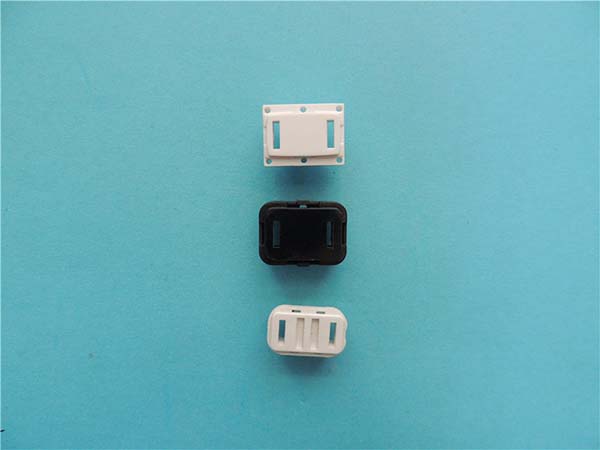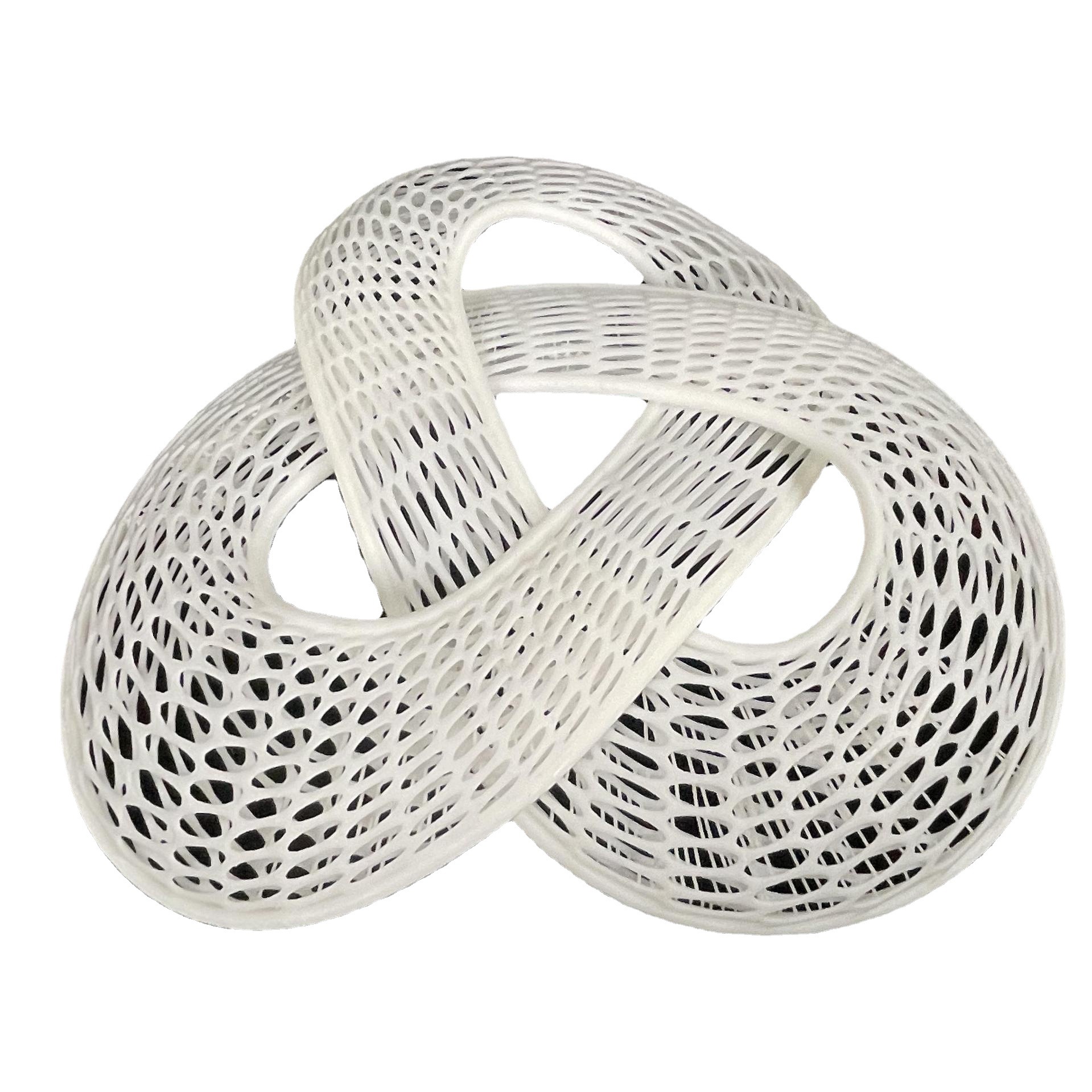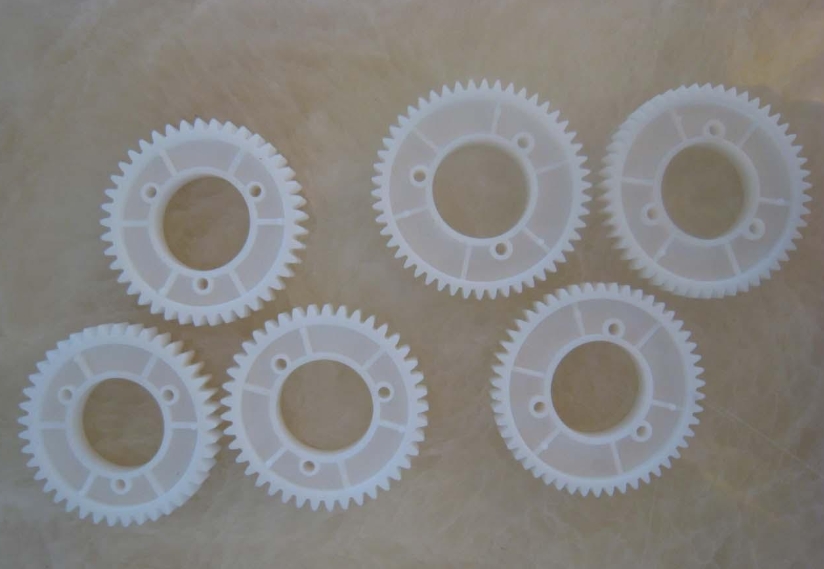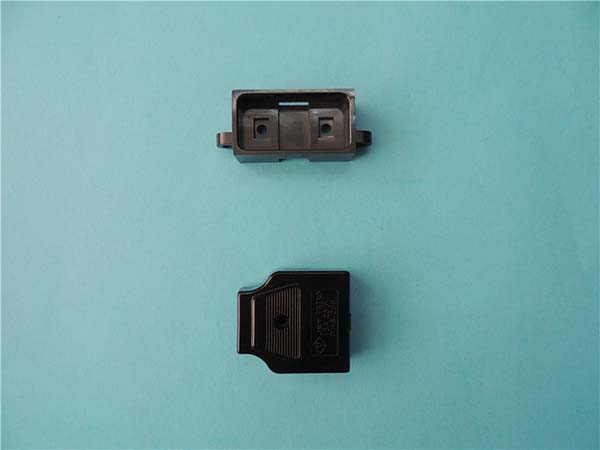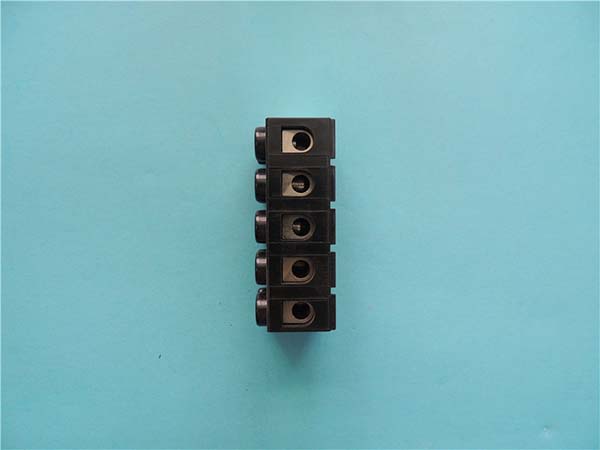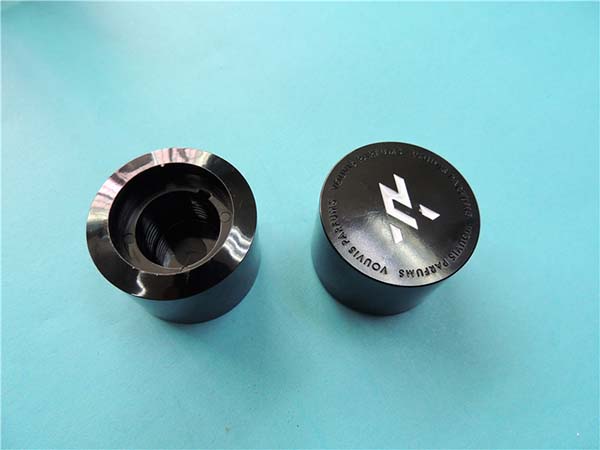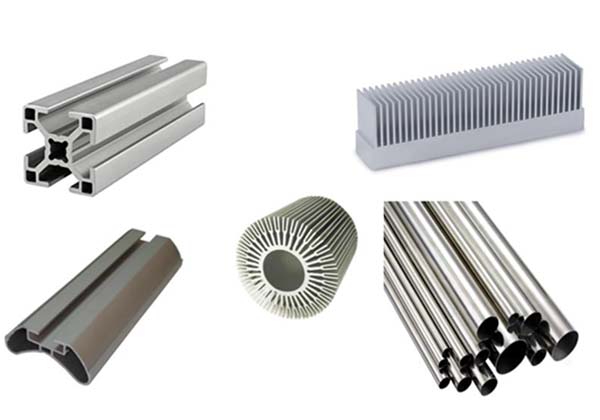Introduction
What is Electron Beam Melting Additive Manufacturing and Why is it Important?
Definition and Basics of Electron Beam Melting Additive Manufacturing
Electron Beam Melting Additive Manufacturing (EBM AM) is a revolutionary technology within the realm of 3D printing. It belongs to the family of powder - bed fusion additive manufacturing processes.
In EBM AM, a high - energy electron beam is generated by an electron gun in a vacuum environment. The electron beam is precisely controlled to scan across a layer of metal powder spread evenly on a build platform. As the electron beam hits the metal powder, it transfers its energy to the powder particles. This energy causes the powder to rapidly heat up and melt. Once the electron beam has scanned the entire cross - section of the layer according to the digital model, the melted powder solidifies, forming a solid layer of the object. Then, a new layer of powder is spread over the previously solidified layer, and the process is repeated. Layer by layer, the three - dimensional object is built up, just like stacking bricks, but with a much more precise and automated process. For example, if you are manufacturing a complex titanium alloy component for aerospace, the EBM machine will follow the CAD (Computer - Aided Design) model to selectively melt the titanium powder layer by layer until the final component is completed.
Working Principle of EBM AM
Step - by - Step Process
- Powder Spreading:
- First, a thin layer of metal powder, typically with a thickness ranging from 50 - 200 micrometers, is evenly spread across the build platform. This is usually achieved using a recoater mechanism. For example, a blade - like recoater moves across the platform, pushing the metal powder from a powder reservoir to create a flat and uniform layer. The quality of powder spreading is crucial as any unevenness can lead to defects in the final product. If the powder layer is too thick in some areas, the electron beam may not be able to fully melt it, resulting in porosity.
- Electron Beam Scanning and Melting:
- Once the powder layer is in place, the electron gun generates a high - energy electron beam. The beam is focused and scanned across the powder layer according to the cross - sectional geometry of the part defined by the CAD model. The electron beam has an energy density that can reach up to 10^7 - 10^8 W/cm². As it hits the powder, the electrons transfer their kinetic energy to the powder particles. This energy causes the powder to heat up rapidly. Metals like titanium alloy, which are commonly used in EBM AM, have a high melting point (titanium alloy's melting point is around 1668 - 1760 °C). The intense heat from the electron beam quickly raises the temperature of the powder above its melting point, causing it to fuse together.
- The scanning speed of the electron beam can vary depending on the material and the complexity of the part. For simple geometries and materials with good thermal conductivity, the scanning speed can be relatively high, around 1 - 10 m/s. However, for more complex parts or materials with poor thermal conductivity, the speed may be reduced to ensure complete melting and good bonding between the powder particles.
- Solidification and Layer Formation:
- After the electron beam has scanned the entire cross - section of the layer, the melted powder solidifies rapidly as it cools down. Since the process occurs in a vacuum environment, there is no oxygen to cause oxidation during the melting and solidification process, which is beneficial for maintaining the material's properties. The solidified layer forms a part of the final three - dimensional object.
- Repeat the Process:
- The build platform is then lowered by the thickness of a single layer (the same as the powder layer thickness mentioned earlier). A new layer of powder is spread on top of the previously solidified layer, and the electron beam scanning and melting process is repeated. Layer by layer, the object is built up until the entire 3D part is completed. For a small - sized metal component with a height of 50 mm and a layer thickness of 100 micrometers, approximately 500 layers need to be printed.
Key Components and Their Functions
- Electron Gun:
- The electron gun is the source of the high - energy electron beam in EBM AM. It consists of a cathode, an anode, and a focusing system. The cathode emits electrons when heated. For example, in a tungsten - filament - based cathode, when an electric current is passed through the filament, it heats up and releases electrons due to thermionic emission. The anode, which is at a positive potential relative to the cathode, accelerates the electrons towards it. The focusing system, often made up of electromagnetic lenses, then focuses the electron beam to a small spot size, typically in the range of 0.1 - 1 mm, to ensure precise melting of the powder.
- Vacuum System:
- A vacuum system is essential for EBM AM. It creates a vacuum environment inside the build chamber, typically with a pressure in the range of 10^(-4) - 10^(-6) mbar. This low - pressure environment serves several purposes. Firstly, it prevents oxidation of the metal powder and the melted material during the process. Metals like aluminum and titanium are highly reactive with oxygen, and in the presence of air, they would form oxides, which can degrade the mechanical properties of the final part. Secondly, a vacuum reduces the scattering of the electron beam. In a non - vacuum environment, the electrons in the beam would collide with gas molecules, causing the beam to spread out and lose its energy, which would make it difficult to achieve precise melting.
- Build Platform:
- The build platform is where the part is built. It is designed to be movable in the vertical direction to allow for the addition of new powder layers. It also needs to have good thermal conductivity to ensure efficient heat transfer during the melting and solidification process. For example, build platforms are often made of materials like copper or aluminum alloys. These materials can quickly conduct heat away from the melted powder, facilitating rapid solidification. Additionally, the build platform may have a surface treatment to ensure good adhesion of the first powder layer and to prevent the part from sticking to the platform during the printing process.
- Powder Delivery and Recoating System:
- The powder delivery system stores the metal powder and supplies it to the build area. It usually consists of a powder reservoir and a mechanism to transport the powder to the recoater. The recoating system, as mentioned before, is responsible for spreading the powder evenly across the build platform. This system needs to be precise to ensure consistent powder layer thickness. Some advanced recoating systems use sensors to monitor the powder layer thickness in real - time and adjust the recoating process accordingly.
Applications of EBM AM
EBM AM has found wide - ranging applications across various industries due to its unique capabilities. Here are some of the main application areas:
Aerospace Industry
In the aerospace industry, EBM AM plays a crucial role. For engine components, such as turbine blades, EBM AM enables the production of parts with complex internal cooling channels. These channels are designed to improve the cooling efficiency of the blades, allowing them to operate at higher temperatures without sacrificing performance. A case in point is that General Electric (GE) has been exploring the use of EBM AM for manufacturing turbine engine components. By using EBM AM, they can reduce the weight of the components by up to 30% compared to traditional manufacturing methods. Lighter components mean less fuel consumption, which in turn improves the overall efficiency of the aircraft engines.
Another example is the production of lightweight structural components. EBM AM can create lattice - like structures within the components, which provide high strength - to - weight ratios. These structures are ideal for use in aircraft wings, fuselages, and other parts where weight reduction is crucial for fuel efficiency and performance. For instance, Airbus has successfully used EBM AM to manufacture some of its aircraft structural components. Tests have shown that these components can withstand the same mechanical stresses as conventionally - made parts while being significantly lighter. This not only improves the fuel efficiency of the aircraft but also extends its range.
Medical Field
In the medical field, EBM AM is revolutionizing the production of customized medical devices. One of the most significant applications is in the manufacturing of implants. For example, hip implants can be custom - designed using EBM AM according to a patient's unique anatomy. By analyzing the patient's CT scans, doctors can create a 3D model of the implant, and then use EBM AM to produce it. This ensures a perfect fit for the patient, reducing the risk of implant rejection and improving the long - term success of the treatment. A study showed that patients with custom - made hip implants produced by EBM AM had a 20% faster recovery time compared to those with standard implants.
EBM AM is also used in the production of prosthetics. It allows for the creation of prosthetics with complex geometries and lightweight structures. These prosthetics can be designed to match the patient's remaining limb shape precisely, providing a more comfortable fit. Additionally, the internal structures of the prosthetics can be optimized for strength and flexibility. For example, a prosthetic hand produced by EBM AM can have a more natural movement and grip strength. Patients who have used such EBM - produced prosthetics reported a 30% improvement in their ability to perform daily activities compared to traditional prosthetics.
Comparison with Other Additive Manufacturing Technologies
Table Comparison with Laser - based 3D Printing (e.g., SLM)
When considering additive manufacturing technologies, a common comparison is between Electron Beam Melting Additive Manufacturing (EBM AM) and laser - based 3D printing such as Selective Laser Melting (SLM). Here is a detailed comparison in tabular form:
| Comparison Aspect | Electron Beam Melting (EBM AM) | Selective Laser Melting (SLM) |
| Accuracy | Typical dimensional accuracy is around ±0.1 - 0.3 mm. The relatively high - energy electron beam can cause some thermal distortion, especially in complex geometries, which may affect the final accuracy. | Generally offers higher accuracy, with dimensional accuracy often in the range of ±0.05 - 0.15 mm. The smaller spot size of the laser beam allows for more precise melting and better control over the part geometry. |
| Speed | High - speed process. The electron beam can scan at speeds up to 1 - 10 m/s, and the overall build speed is relatively fast, especially for large - scale parts. For example, a large - sized titanium alloy component can be built in a shorter time compared to some other additive manufacturing methods. | Slower compared to EBM in some cases. The laser scanning speed is usually lower, around 0.1 - 1 m/s, and the energy input needs to be carefully controlled to ensure proper melting, which can limit the overall build speed, especially for large parts. |
| Cost | High initial equipment cost due to the complex electron gun and vacuum system. However, the operating cost can be relatively lower in the long - term for high - volume production as it has a faster build speed. Material cost is also a factor, and EBM is mainly used for high - value metal powders. | High equipment cost as well, with complex laser systems. The operating cost can be high, especially considering the cost of laser maintenance and the relatively slow build speed for large parts. Material cost is significant as it requires high - purity metal powders. |
| Applicable Materials | Primarily used for metals such as titanium alloys, nickel - based alloys, and some steels. These materials can withstand the high - energy electron beam and the high - temperature environment in the EBM process. | Widely applicable to various metals including titanium alloys, aluminum alloys, stainless steels, and precious metals. It also has some applications in composite materials with metal matrices. |
| Internal Structure and Quality | Produces parts with good internal density and mechanical properties. The high - temperature melting and solidification in a vacuum environment result in a relatively homogeneous microstructure. However, there may be some porosity in certain cases, especially if the process parameters are not optimized. | Can achieve very high - density parts with excellent mechanical properties. The precise control of the laser allows for better fusion of the powder particles, reducing porosity and improving the overall quality of the part. |
| Surface Finish | Generally has a rougher surface finish compared to SLM. The high - energy electron beam and the nature of the powder - bed fusion process can lead to a surface with a roughness of Ra 10 - 50 μm. Post - processing such as machining is often required to achieve a smoother surface. | Can provide a relatively smoother surface finish, with a roughness of Ra 5 - 20 μm in many cases. This may reduce the need for extensive post - processing for some applications. |
Yigu Technology's View
As a non - standard plastic metal products custom Supplier, Yigu Technology highly values the potential of Electron Beam Melting Additive Manufacturing (EBM AM). EBM AM offers us the ability to create custom - designed metal components with complex geometries that are otherwise difficult to produce. For instance, in the production of some special - shaped metal parts for industrial equipment, EBM AM enables us to achieve high - precision manufacturing without the need for costly molds.
The material - efficiency of EBM AM also aligns with our commitment to sustainable and cost - effective production. By reducing material waste, we can offer more competitive prices to our customers while minimizing our environmental impact.
Moreover, Yigu Technology has invested in training our engineering team to master EBM AM technology. This allows us to provide our customers with high - quality products, from the initial design consultation to the final product delivery. We believe that EBM AM will play an increasingly important role in the future of non - standard plastic metal products manufacturing, and we are excited to be at the forefront of this technological revolution.
